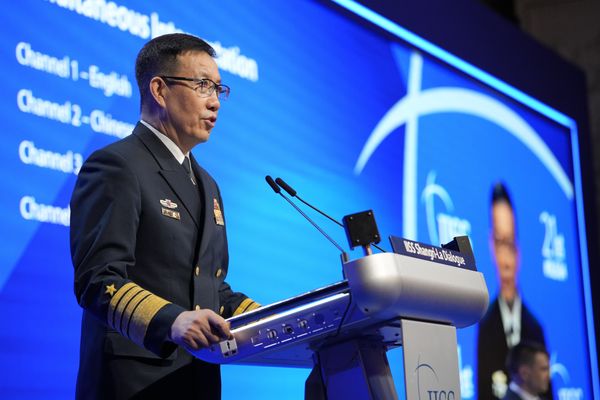
AVT Question: Please share your insight into trends that will play a role in hybrid workplace culture, space planning, and technologies in 2024.
Thought Leader: Laura Madaio, Director of Marketing at Yamaha Unified Communications
The evolution of remote management systems for video conferencing rooms is crucial to facilitate seamless IT support across various spaces. The demand for user-friendly rooms that require minimal onsite IT assistance, featuring automated startup systems, underscores the necessity for accessible and efficient technology in modern workplaces. With video conferencing becoming ubiquitous and companies embracing hybrid work models, the significance of high-quality audio in these spaces cannot be overstated.
Customer expectations for multiple camera views and advanced audio tracking highlight the need for adaptable conferencing setups capable of catering to varied needs." —Laura Madaio, Director of Marketing at Yamaha Unified Communications
As organizations navigate the complexities of transitioning employees back to the office amidst challenges in air travel and personnel shortages, the reliance on remote meetings for business continuity intensifies. Addressing audio deficiencies through improved speaker and microphone solutions, alongside advancements like coordinated camera and audio tracking, enhances the remote participant experience, fostering better engagement and collaboration.
The growing preference for automated turnkey rooms reflects the increasing demand for simplicity and convenience, enabling effortless meeting initiation and management for all users. Embracing the hybrid work paradigm as the new norm entails optimizing office spaces for versatility, and accommodating diverse meeting requirements from traditional conferences to training sessions.
Moreover, customer expectations for multiple camera views and advanced audio tracking highlight the need for adaptable conferencing setups capable of catering to varied needs. The prevalent adoption of integrated Zoom and Teams rooms signifies a shift towards standardized and streamlined conferencing environments, reducing complexities associated with BYOD setups. In essence, the ongoing transformation in video conferencing room technologies reflects a broader shift towards enhancing workplace efficiency, collaboration, and adaptability. By prioritizing user experience, automation, and interoperability, organizations can effectively navigate the evolving landscape of remote and hybrid work environments, ensuring seamless communication and productivity across diverse settings.







